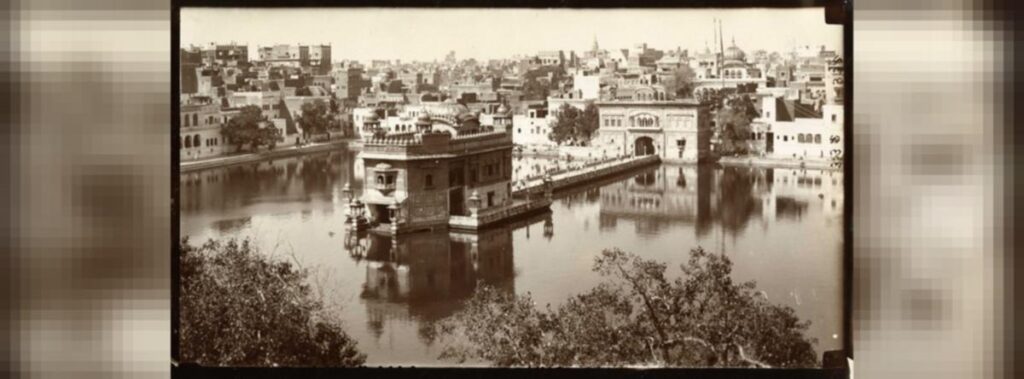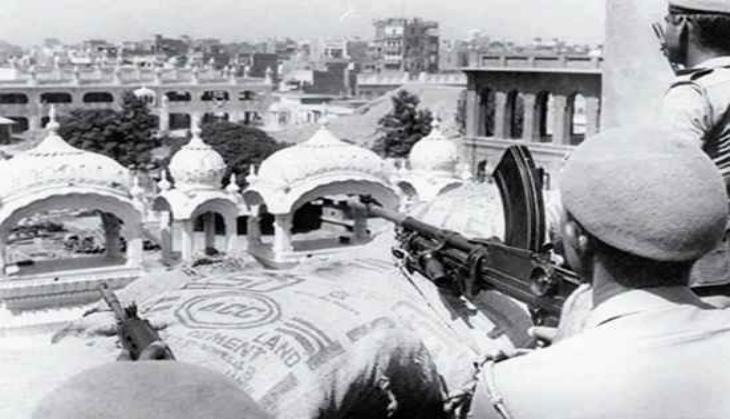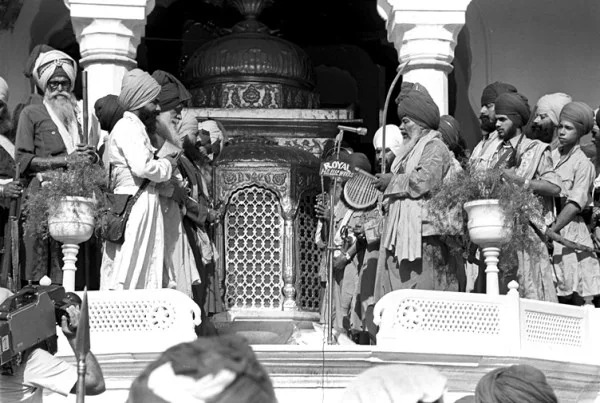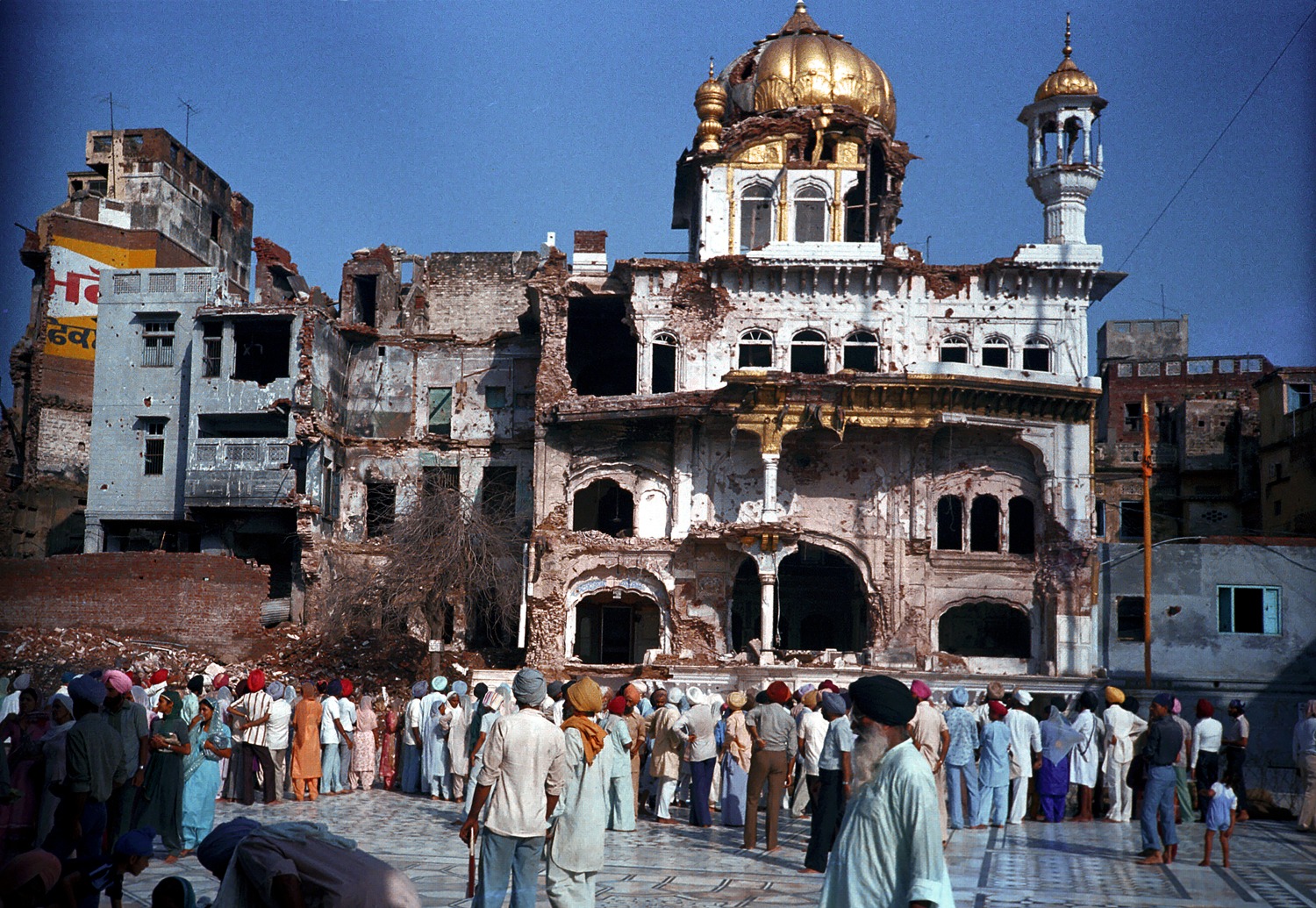Introduction
Operation Blue Star was a June 1984 Indian Army operation ordered by Prime Minister Indira Gandhi to remove Jarnail Singh Bhindranwale and armed separatists from the Golden Temple complex in Amritsar; the assault caused heavy casualties and serious damage, particularly to the Akal Takht, and deeply shocked Sikhs in India and abroad. In retaliation for the operation, Indira Gandhi was assassinated by two of her Sikh bodyguards on 31 October 1984 at her New Delhi residence, triggering nationwide anti‑Sikh pogroms in which thousands were killed.

Background to Operation Blue Star
- By 1983–84, Bhindranwale and armed followers had fortified positions inside the Golden Temple complex, using the Akal Takht as a stronghold while the state confronted a burgeoning separatist insurgency in Punjab.
- After failed negotiations and escalating violence, the government decided on a military operation to clear the complex in early June 1984.
Timeline: Operation Blue Star (June 1–10, 1984)
- June 1: Initial exchanges of gunfire began around the complex; eyewitnesses and reporters later noted bullet marks at the Harmandir Sahib from this day.
- June 2–4: Curfew and information blackout; additional forces surrounded the site as crowds had gathered for the June 3 observance of Guru Arjan’s martyrdom.
- Night of June 5–6: Main assault (“Operation Metal”) commenced under Lt Gen K.S. Brar; intense fighting inside the complex followed.
- June 6–7: Army secured the central shrine areas; Bhindranwale and key associates were killed; the Akal Takht suffered major structural damage.
- By June 10: Mopping‑up operations (“Operation Shop”) across Punjab concluded the formal phase.
Key facts:
- Aim: Evict militants and reassert state control over the shrine complex.
- Outcome: Militant leadership eliminated; shrine buildings damaged; significant civilian and military casualties; the operation remains deeply controversial.
- Reported tolls vary widely; official and independent counts differ due to combat inside an active pilgrimage site and a media blackout.

Immediate Aftermath in Punjab
- The army simultaneously moved against dozens of other gurdwaras across Punjab; follow‑on sweeps (commonly referred to as “Operation Woodrose”) deepened fear and resentment in Sikh communities during the summer of 1984.
- The operation’s conduct and damage to holy sites reverberated globally among Sikhs, intensifying grievances and militancy through the decade.
Assassination of Indira Gandhi (October 31, 1984)
- Date, time, place: 31 October 1984, about 9:20–9:30 a.m., at the Prime Minister’s residence, 1 Safdarjung Road, New Delhi.
- Assailants: Two Sikh bodyguards—Sub‑Inspector Beant Singh and Constable Satwant Singh—opened fire at close range as Gandhi walked to a scheduled interview; Beant was killed on the spot and Satwant was arrested wounded; Satwant and co‑conspirator Kehar Singh were later executed in 1989.
- Medical: Gandhi was rushed to AIIMS and declared dead that afternoon; the post‑mortem recorded dozens of bullet wounds from a revolver and a Sterling sub‑machine gun.
- Motive link: The killing was explicitly connected by the assassins to Operation Blue Star.
1984 Anti‑Sikh Pogroms
- Scope: In the days following the assassination (Oct 31–early Nov), organized mobs attacked Sikh neighborhoods, gurdwaras, homes, and businesses—especially in Delhi—amid allegations of political instigation and police complicity.
- Death toll: Official Indian figures long cited about 2,800 killed in Delhi and 3,350 nationwide; many human‑rights and academic sources estimate 8,000–17,000 deaths across India.
- Displacement: Tens of thousands were rendered homeless in Delhi alone, per rights groups and subsequent inquiries.
- Accountability: Multiple commissions (including Nanavati) examined responsibility; delayed and uneven prosecutions left a lasting wound and intensified alienation among Sikhs.
Why Blue Star Happened—And Why It Remains Contentious
- State rationale: The government argued a necessary security response to entrenched militants occupying the holiest Sikh shrine, endangering public order and the integrity of the state.
- Controversies: The timing during a major religious observance, choice of a full-scale military assault, civilian presence inside the complex, and extent of damage to the Akal Takht led to condemnation and enduring trauma within Sikh communities.
- Alternative accounts contest who fired first and whether lesser‑force options were exhausted; disputes over casualty figures persist due to restricted media access during the operation.
Consequences (1984–1985)
- National politics: Gandhi’s assassination brought Rajiv Gandhi to office the same day; the subsequent anti‑Sikh violence reshaped political alignments and intensified militancy in Punjab through the late 1980s.
- Security trajectory: Punjab entered a prolonged phase of insurgency and counterinsurgency; rights groups document widespread abuses during this period.
- Religious and social impact: Damage to the Akal Takht and events inside the complex became defining memories in Sikh collective consciousness worldwide.
Key Dates and Facts
- June 1–10, 1984: Operation Blue Star at the Golden Temple; principal assault June 5–7; Bhindranwale killed; Akal Takht heavily damaged.
- Oct 31, 1984: Indira Gandhi assassinated by two Sikh bodyguards at her New Delhi residence; she was declared dead that afternoon at AIIMS.
- Oct 31–Nov 1984: Anti‑Sikh pogroms in Delhi and other cities; official nationwide death toll ~3,350; independent estimates range 8,000–17,000.
Key Figures
- Indira Gandhi: Prime Minister who ordered Blue Star; assassinated on Oct 31, 1984.
- Jarnail Singh Bhindranwale: Militant leader killed during the assault inside the Golden Temple complex.
- Lt Gen K.S. Brar: Army commander who led the main assault phase in Amritsar.
- Beant Singh & Satwant Singh: Bodyguards who carried out the assassination; Satwant (and Kehar Singh) later executed.

Interesting Notes
- The Akal Takht, Sikhism’s temporal seat of authority within the complex, bore extensive battle damage, becoming a potent symbol of trauma and anger in Sikh memory.
- A strict media blackout around the operation created enduring disputes over the precise sequence of events and casualty counts, with journalists later recording evidence of early gunfire and widespread bullet impacts before the main assault began.
- Multiple commissions—up to nine by some counts—were convened over the years to investigate the 1984 violence and accountability, reflecting the episode’s unresolved legal and moral dimensions.
Conclusion
Operation Blue Star’s violent clearance of militants from the Golden Temple in June 1984, followed by Indira Gandhi’s assassination on 31 October and the horrific anti‑Sikh pogroms that ensued, marked one of independent India’s most traumatic years—transforming national politics, deepening communal fissures, and setting Punjab on a decade‑long insurgency whose legacies continue to shape memory, justice, and state–society relations in India.

